41 crayfish classification chart
PDF Invertebrate Identification Guide - Florida International University CRAYFISH PHYLUM: Arthropoda CLASS: Crustacea SUB-CLASS: Eucarida FAMILY: Cambaridae SPECIES: Procambarus fallax CODE: PROFAL DESCRIPTION: -Male: gonopod tips sharply an- gled (nearly 90 degrees), point laterally; mature males have spikes on 2nd and 3rd walking legs ADW: Ostracoda: CLASSIFICATION - Animal Diversity Web Disclaimer: The Animal Diversity Web is an educational resource written largely by and for college students.ADW doesn't cover all species in the world, nor does it include all the latest scientific information about organisms we describe. Though we edit our accounts for accuracy, we cannot guarantee all information in those accounts.
Crayfish photo identification guide - Boxvalley The Whole Crayfish WHITE CLAWED CRAYFISH The body of the White Clawed is relatively smooth apart from areas shown with spines. Its claws are smaller relative to body size & are rough on the top. Undersides of claws are lighter than the top (hence white clawed). SIGNAL CRAYFISH An American Alien The body of a Signal is smooth.

Crayfish classification chart
Virile Crayfish, Northern Crayfish (Faxonius virilis) - Species Profile Identification: Individuals of this species can vary in color, ranging from a light- to olive-brown body with dark brown markings on each abdominal segment. Upper walking legs and chelae can be bluish. Tips of chelae are orange. Individuals have a long, broad rostrum and broad, flattened chelae with long fingers (Crocker and Barr 1968; Taylor ... An Annotated Checklist of the Crayfishes (Decapoda: Cambaridae) of Arkansas Crayfishes are members of the Phylum Arthropoda, or joint-legged animals, which includes 97 to 99% of all the animals on Earth. They are classified as crustaceans because of the 2 pair of antennae they possess and the fact they breathe by gills. Individuals are protected by a heavily armored exoskeleton and have 5 pairs of PDF Brief Guide to Crayfish Identification in the Pacific Northwest the abdomen (see figures). Rusty crayfish also frequently have black tips to their claws. Rusty crayfish belong to the same genus as Orconectes virilis, but their claws are generally smoother - although may still have tubercules/bumps in contrast to the native signal crayfish.
Crayfish classification chart. ADW: Cambarus: CLASSIFICATION - Animal Diversity Web Species Cambarus bartonii Appalachian brook crayfish. Cambarus bartonii: information (1) Species Cambarus batchi bluegrass crayfish. Species Cambarus bouchardi Big South Fork crayfish. Species Cambarus brachydactylus. Species Cambarus buntingi Bunting crayfish. Species Cambarus carinirostris rock crawfish. Crayfish List - Freshwater Crayfish of Australia - AABio Northern Territory, Koolatong River in East Arnhem Land, also East Alligator River in Kakadu National Park. Cherax_bicarinatus. 5. Cherax. cainii. Austin and Ryan, 2002. "The Smooth Marron". Western Australia, Harvey to Denmark. Cherax caini. Crayfish identification tips - National Biodiversity Data Centre Spiny-cheek crayfish (Orconectes limosus)Status: potential invader with a risk of major impact. Length: generally small, less than 10 cm but can reach 12 cm. Body: horizontal brown stripe on each abdominal segment is characteristic.Cheek spines may not be obvious until held. Note that Turkish crayfish may have small spines on cheeks and sides of head. Red Swamp Crayfish (Procambarus clarkii) - Species Profile identification: the red swamp crayfish is typically dark red, with elongate claws (chelae) and head, a triangular rostrum tapering anteriorly without a central keel, reduced or absent spines on the side of the shell (carapace) between the head and thorax, and a linear to obliterate dorsal surface between the 2 carapace plates (areola), which …
crayfish | Description, Size, Habitat, Diet, & Facts | Britannica crayfish, also called crawfish or crawdad, any of numerous crustaceans (order Decapoda, phylum Arthropoda) constituting the families Astacidae (Northern Hemisphere), Parastacidae, and Austroastracidae (Southern Hemisphere). They are closely related to the lobster. Over half of the more than 500 species occur in North America. Crayfish Facts | Missouri Department of Conservation Crayfish can be divided into four broad habitats: Crayfish living in surface streams. Crayfish living in swamps, marshes, and the shallows of ponds and lakes. Crayfish living in burrows away from surface water. Crayfish living in underground streams. These categories overlap to an extent. taxonomy - Crayfish - Google Search this site. Home. Acknowledgments Classifications of Fish and Seafood with Examples Examples: crayfish, crawfish, shrimp, lobster, prawns, snow crab, Dungeness crab, blue crab. Cephalopods (marina animal with a head and eyes, arms with suckers attached to head, fin bearing mantle)
Crayfish: Characteristics, reproduction, care, and more… Main Characteristics of the Crayfish. These creatures are decapod river crabs crustaceans, which breathe by employing gills very similar to the feathers of birds. The body of most river crabs is divided into nineteen parts, which in turn make up the cephalothorax and abdomen. The head and the thorax are located on the frontal portion of the ... PDF Crayfish Identification, Distribution and Legislation - Buglife Narrow-clawed crayfish (Astacus lepto- dactylus) Turkey 1980s Up to 15cm (can be larger) More or less par- allel and is spiny. Olive-green to honey- brown and may be mottled. Joints are of- ten dark orange. Olive- green to honey-brown and may be mottled. Joints are often dark orange. Blue varieties have been known. Crawfish | Seafood Selector The crayfish is the little crustacean of southern legend, also known as a crawdad, crawfish or mudbug. Unlike lobster, crayfish grow primarily in fresh waters in the southeastern United States and are also farmed. The crayfish's tail meat is scant compared to its body, but it has a memorably sweet, rich taste. Red swamp crayfish are native to ... American Fisheries Society Crayfish of the United States and Canada At this website, one can view lists of crayfishes by freshwater ecoregion, by state or province boundary, and plot distributions of crayfishes by ecoregions or political boundaries. Both native and presumed introduced ranges are displayed. Lists can be downloaded for use in reports or analyses.
Michigan Crayfish - Understanding Our Native and Invasive Species Red swamp crayfish (Procambarus clarkia). Invasive. Claws of this species are dark red with raised, bright red spots covering the body and claws. They also have a black, wedge-shaped stripe on the top of the abdomen. They may vary in length between 2 and 5 inches.
PDF A Field-Guide to the Crayfishes of - National Park Service Boxclaw crayfish Cambarus (Jugicambarus) distans Identification: Key characters are a ridge like row of tubercles on in- ner edge of chelae palm, denticals extending less that half way down "fingers" of chelae, no lateral spines on rostrum, wide areola, length of central projection of the firstform male gonopod less than equal to mesial.process.
Crayfish Identification - Wisconsin Department of Natural Resources Non-native crayfish can be incredibly invasive in natural ecosystems. Under Wis. Adm. Code s. NR 40.04(2)(c)(12), all non-native crayfish are prohibited species in Wisconsin. There is one exception, the rusty crayfish, which is considered an "established non-native crayfish" and classified as restricted.
Crayfish - Pennsylvania State University Crayfish tend to forage for food at night Moulting Crayfish, like all arthropods, have an encasing exoskeleton made out of the structural polysaccharide "chitin." For a crayfish to grow, it must shed its exoskeleton and then re-grow a new and larger one. This shedding and re-growth process is called "moulting."
Faxonius virilis (virile crayfish) - CABI.org F. virilis is thought to be one of most widely invasive crayfish species in the USA (Larson and Olden, 2011), and has been translocated to a large number of states outside of its natural range.Populations have also been found in Mexico and Europe (UK and the Netherlands). Many translocations within the USA and Canada have been attributed to anglers using the species as bait.
Classification - University of Wisconsin-La Crosse Classification. The classification of Aureilia aurita can be understood when a basic characteristics of each level of classification is known. Domain Eukarya is simply represented by organisms who have similar characteristics such as a cell nucleus, a cytoskeleton, mitosis, and multiple, linear DNA. All animals are included in this domain.
Crayfish - Wikipedia Four extant families of crayfish are described, three in the Northern Hemisphere and one in the Southern Hemisphere. The Southern Hemisphere ( Gondwana -distributed) family Parastacidae, with 14 extant genera and two extinct genera, live (d) in South America, Madagascar, and Australasia.
Rusty Crayfish | National Invasive Species Information Center The Colorado Division of Wildlife is monitoring the state's waters for the introduction of an aggressive invasive species, the rusty crayfish. Rusty crayfish were found for the first time in Colorado during routine sampling operations in 2009 in the Yampa River drainage between Steamboat Springs and the town of Yampa.
Crayfish of U.S. - Invertebrate Zoology Crayfish Species By Stateas of October 2001. Please Note: This website has not been updated in several years, so information on species occurrences may not be up-to-date! AK. HI. Click on a state (above) or name (below) to go to a page that lists the species. of crayfish found in that state. Alabama.
PDF Crayfish Procambrus clarkii - Clarendon College Crayfish have 8 jointed walking legs, a segmented body, 2 pairs of sensory antennae, and compound eyes. The 2 large pincers or claws are the chelipeds. If a crayfish loses a leg, the leg will regenerate. Crayfish are omnivores that feed upon living and dead animals and plants. Larval crayfish are very tiny.
Crayfish (from NC WINS) | NCpedia Crayfish Cambarus bartoni Written by Sarah Friday Updated by Robert Nichols North Carolina Wildlife Resources Commission. Classification Class: Crustacea Order: Decapoda "ten-legged" Average Size About 3 in. in length Food Feed primarily on aquatic vegetation but also eat worms, snails, tadpoles and other small live or dead creatures. Breeding
PDF Brief Guide to Crayfish Identification in the Pacific Northwest the abdomen (see figures). Rusty crayfish also frequently have black tips to their claws. Rusty crayfish belong to the same genus as Orconectes virilis, but their claws are generally smoother - although may still have tubercules/bumps in contrast to the native signal crayfish.
An Annotated Checklist of the Crayfishes (Decapoda: Cambaridae) of Arkansas Crayfishes are members of the Phylum Arthropoda, or joint-legged animals, which includes 97 to 99% of all the animals on Earth. They are classified as crustaceans because of the 2 pair of antennae they possess and the fact they breathe by gills. Individuals are protected by a heavily armored exoskeleton and have 5 pairs of
Virile Crayfish, Northern Crayfish (Faxonius virilis) - Species Profile Identification: Individuals of this species can vary in color, ranging from a light- to olive-brown body with dark brown markings on each abdominal segment. Upper walking legs and chelae can be bluish. Tips of chelae are orange. Individuals have a long, broad rostrum and broad, flattened chelae with long fingers (Crocker and Barr 1968; Taylor ...






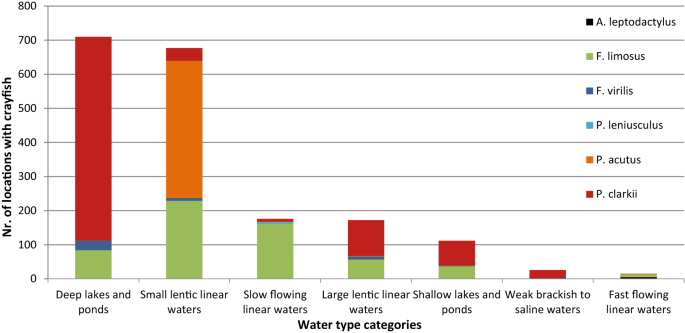







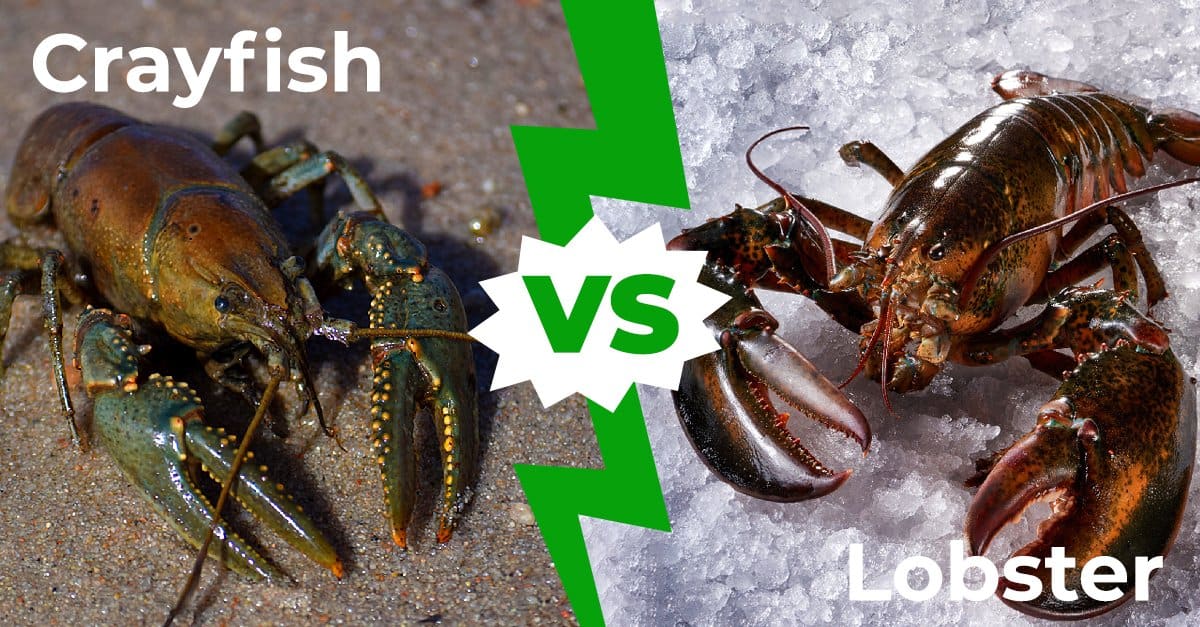
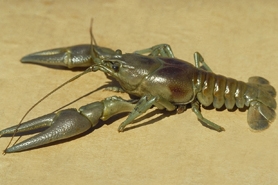
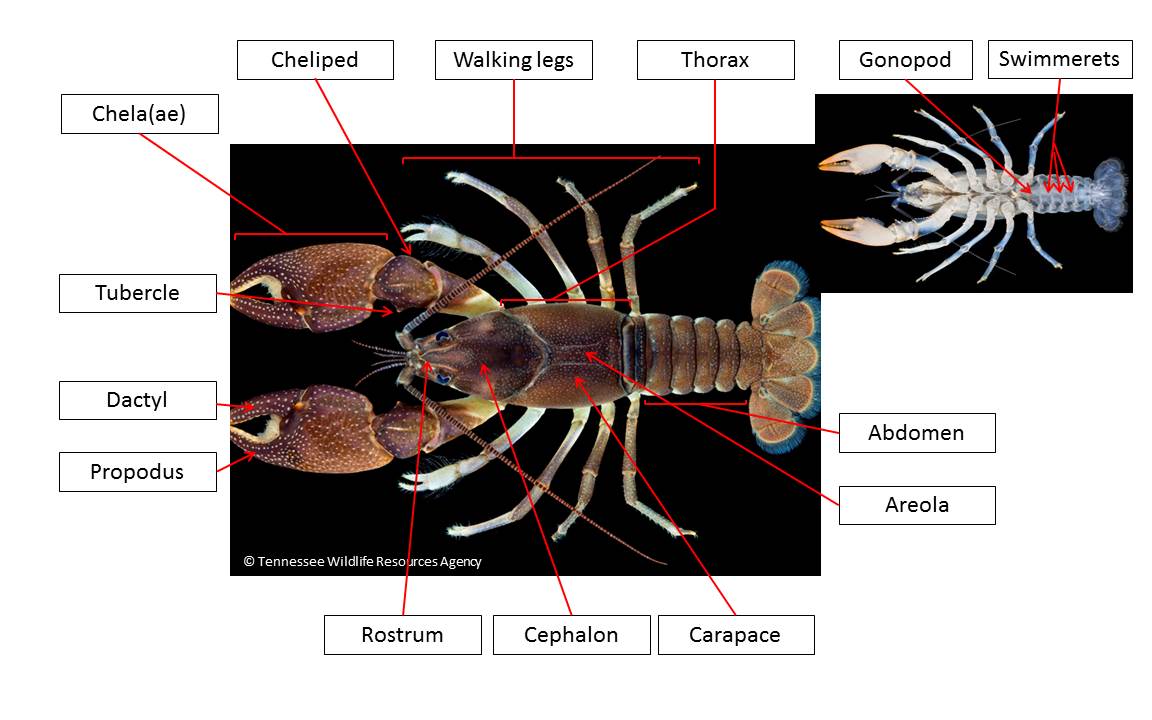



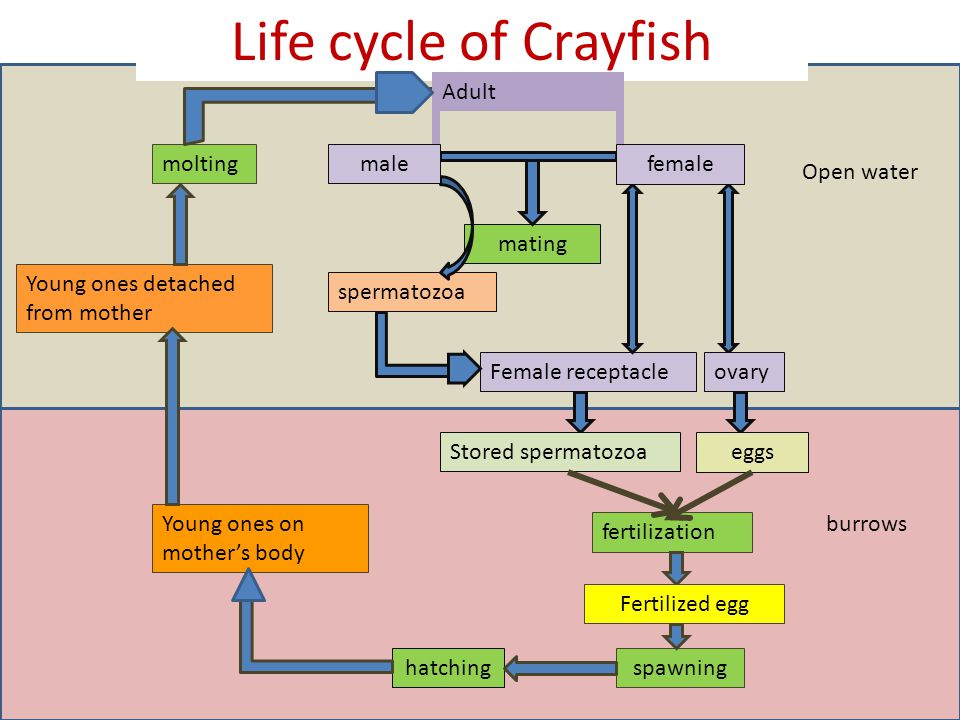







Post a Comment for "41 crayfish classification chart"